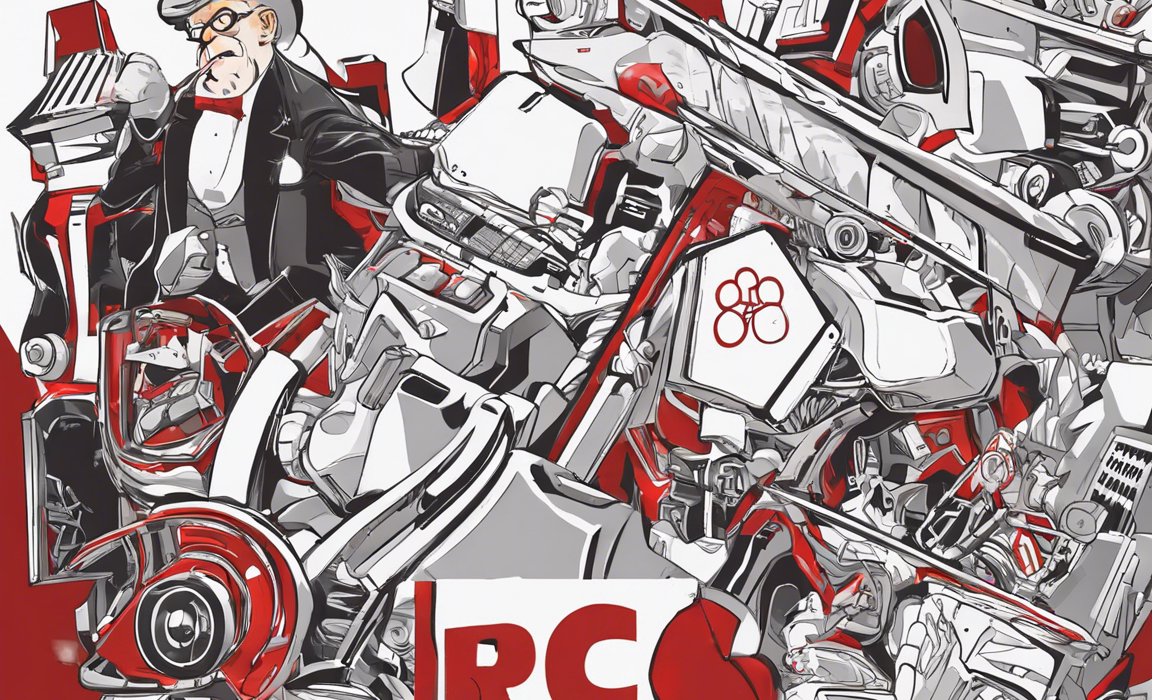Introduction
In the medical field, RBC is an acronym that stands for Red Blood Cells. These tiny, disc-shaped cells play a crucial role in the human body, primarily responsible for carrying oxygen from the lungs to the rest of the body and transporting carbon dioxide back to the lungs. In this article, we will dive deeper into the world of Red Blood Cells, exploring their structure, function, importance, and common disorders related to them.
Structure of RBCs
Red Blood Cells, also known as erythrocytes, are unique cells primarily composed of hemoglobin, a protein responsible for binding oxygen. They lack a cell nucleus and most organelles, allowing for more space to accommodate hemoglobin molecules. The absence of a nucleus also gives them their characteristic biconcave shape, which increases their surface area, enabling efficient oxygen and carbon dioxide exchange.
Function of RBCs
The primary role of Red Blood Cells is to transport oxygen to tissues and organs throughout the body. When you inhale, oxygen enters your lungs and binds to the hemoglobin in these cells. The oxygen-loaded RBCs then travel through the circulatory system, delivering oxygen to cells and picking up carbon dioxide, a waste product of cellular metabolism, in return. The carbon dioxide is transported back to the lungs and exhaled from the body.
Importance of RBCs
The importance of Red Blood Cells cannot be understated. They are vital for maintaining the body’s overall health and functionality. Without an adequate number of healthy RBCs, tissues and organs would not receive sufficient oxygen, leading to a condition known as hypoxia. Symptoms of hypoxia include shortness of breath, fatigue, and in severe cases, organ damage.
Moreover, Red Blood Cells play a crucial role in maintaining the body’s acid-base balance. They contain a buffer system that helps regulate the pH of the blood, ensuring it remains within a narrow, optimal range. This is essential for normal physiological processes and enzymatic reactions in the body.
Common Disorders Related to RBCs
Despite their importance, Red Blood Cells can be affected by various disorders that can impact their structure and function. Some common disorders related to RBCs include:
-
Anemia: A condition characterized by a decrease in the number of red blood cells or a lower than normal amount of hemoglobin in the blood. This can result in symptoms such as fatigue, weakness, and paleness.
-
Sickle Cell Disease: An inherited blood disorder where the shape of red blood cells is abnormal, leading to blockages in blood flow, pain, and organ damage.
-
Polycythemia: A condition where there is an excess of red blood cells in the blood, leading to thickening of the blood and an increased risk of blood clots.
-
Hemolytic Anemia: A condition where red blood cells are destroyed more rapidly than they are produced, leading to a shortage of these cells in the blood.
FAQs (Frequently Asked Questions)
- How are RBCs produced in the body?
-
Red Blood Cells are produced in the bone marrow through a process called erythropoiesis, which is regulated by the hormone erythropoietin.
-
What is the lifespan of a Red Blood Cell?
-
The average lifespan of a Red Blood Cell is around 120 days. After this period, old or damaged RBCs are removed from circulation by the spleen and liver.
-
Can RBC count fluctuate, and what does it indicate?
-
Yes, the number of Red Blood Cells in the body can vary. An increase in RBC count may indicate dehydration or a condition like polycythemia, while a decrease may indicate anemia or blood loss.
-
How can I maintain healthy Red Blood Cells?
-
Consuming a balanced diet rich in iron, folic acid, and vitamin B12 is essential for maintaining healthy Red Blood Cells. Regular exercise and staying hydrated also support RBC production.
-
What is the role of iron in Red Blood Cell function?
- Iron is a crucial mineral needed to produce hemoglobin, the protein that carries oxygen in Red Blood Cells. Without sufficient iron, the body may not produce an adequate amount of healthy RBCs.
In conclusion, Red Blood Cells are indispensable components of the circulatory system, ensuring the delivery of oxygen to tissues and organs for proper functioning. Understanding their structure, function, and common disorders can help individuals appreciate the vital role these tiny cells play in maintaining overall health and well-being.






